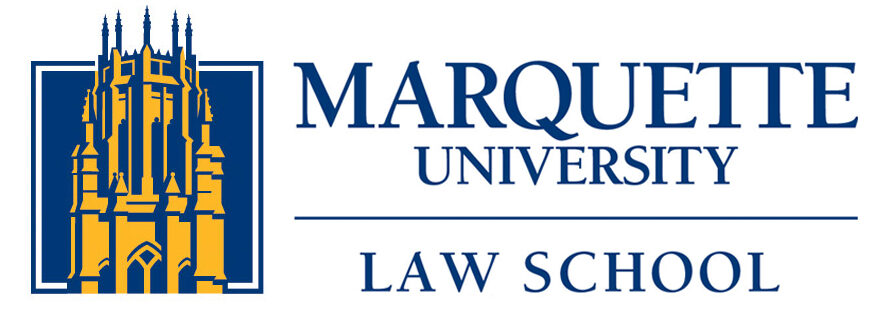Compelled Diplomacy in Zivotofsky v. Kerry
To the parties and lower courts, Zivotofsky v. Kerry has been a dispute primarily about the nature of the President’s power to recognize foreign borders. But what if the law also raises another, entirely separate issue under Article II?
In a new essay in the NYU Journal of Law & Liberty, I discuss the possibility that Section 214(d) of the Foreign Relations Authorization Act of 2003 is unconstitutional not because it recognizes a border or materially interferes with the implementation of U.S. recognition policy, but simply because it purports to compel diplomatic speech that the President opposes. From this angle, Zivotofsky presents a question about who controls official diplomatic communications, and recognition is beside the point. The essay is available here.
